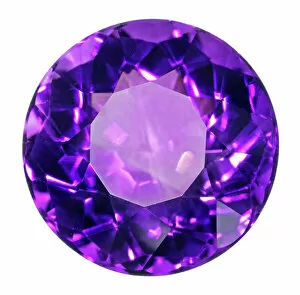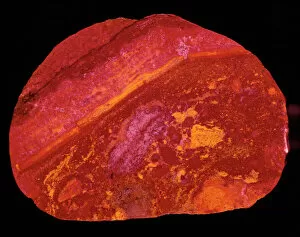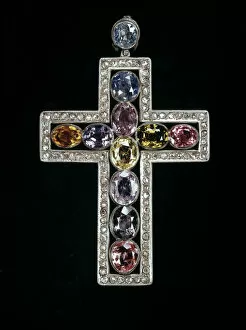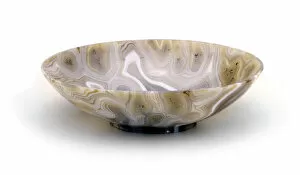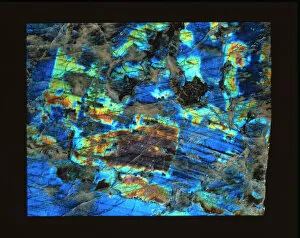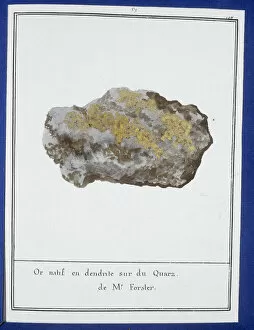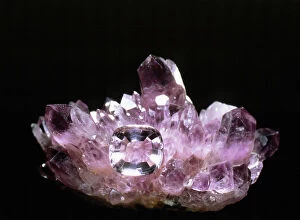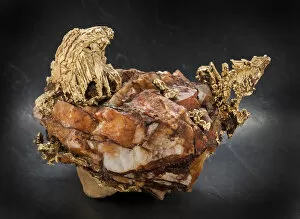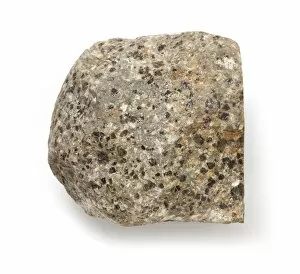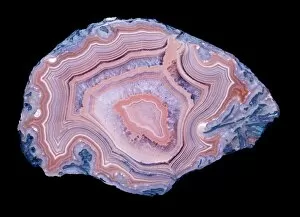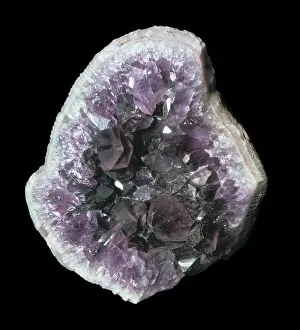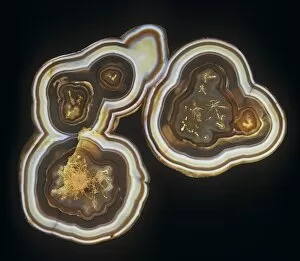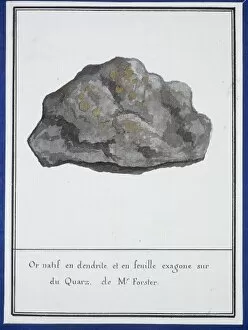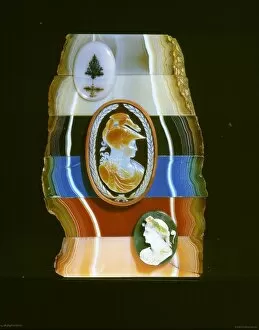Tectosilicate Collection
"Tectosilicate: Unveiling the Mysteries of Earth's Gemstone Treasures" Embark on a captivating journey through the mesmerizing world of tectosilicates
For sale as Licensed Images
Choose your image, Select your licence and Download the media
"Tectosilicate: Unveiling the Mysteries of Earth's Gemstone Treasures" Embark on a captivating journey through the mesmerizing world of tectosilicates, where nature's artistic prowess meets geological marvels. As part of the Birthstone Series, Amythest Quartz takes center stage, showcasing its regal purple hues and enchanting allure. Jasper, with its earthy tones and intricate patterns, adds a touch of rustic elegance to this mineral extravaganza. Nestled within an Agate bowl in shades of grey and white, these tectosilicates create a harmonious display that captivates both the eye and soul. A delicate Crucifix carved from polished slab of labradorite exudes ethereal beauty while symbolizing strength and faith. Octahedral crystals emerge majestically from quartz matrix columns, revealing their remarkable symmetry amidst Plate 51 from Mineralogie. Amethyst reigns supreme once again as it graces this collection with its vibrant presence. Its rich purple hue evokes feelings of tranquility and spiritual enlightenment. Quartz-feldspar porphyry C016/6206 emerges as a testament to nature's artistry - an exquisite blend of quartz and feldspar creating a tapestry-like pattern that enthralls all who gaze upon it. The sheer beauty continues with Quartz-feldspar porphyry unveiling its own unique charm. Pyrophyllite makes an appearance in this captivating ensemble; its delicate structure resembling layers upon layers of whispers frozen in time. In this celebration of tectosilicates' magnificence, we are reminded that Mother Earth holds boundless treasures waiting to be discovered. Let us delve into her depths to uncover more wonders yet unseen – for every stone tells a story worth exploring.

